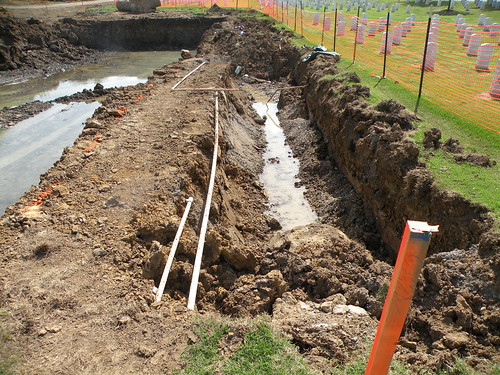The Watershed Conservation Resource Center (WCRC) will be hosting Wildland Hydrology’s “Applied Fluvial Geomorphology” (Level 1) short course November 8-12, 2010. This course will be held in Fayetteville, AR. The Level 1 course is a prerequisite to attending the Level 2 course. Registration for the course is now open. Space is limited and the courses will fill quickly. A completed registration form and a deposit payment are required to secure your place in the course. Registration forms and additional information can be found at the WCRC website:http://www.watershedconservation.org/AFG_2010.html
Course Description:
The Applied Fluvial Geomorphology Course is an introductory course designed to familiarize students with the fundamentals of river behavior, the general principles of fluvial geomorphology, sedimentation, hydraulics, restoration, fish habitat improvement, riparian grazing management, and stream bank erosion. Applications of these principles are presented utilizing a stream classification system. Problem solving techniques for watershed management, riparian assessment, fish habitat structure evaluation, stream restoration, non-point source pollution and the integration of ecosystem concepts into watershed management are taught. A combination of both lecture and field application are provided. This course is a prerequisite for the River Morphology and Applications, River Assessment and Monitoring and River Restoration and Natural Channel Design courses. This has been the basic river morphology course offered throughout North America since 1986.
Thank you,
Matt
Matthew A. Van Eps, PE
Associate Director
Watershed Conservation Resource Center
380 W. Rock St.
Fayetteville, AR 72701
(501) 352-7294
 Please click on image to ENLARGE view of land dredging at Fayetteville National Cemetery on April 23, 2010.
Please click on image to ENLARGE view of land dredging at Fayetteville National Cemetery on April 23, 2010.



